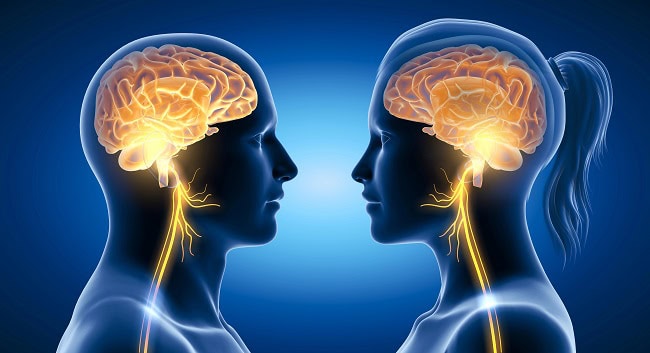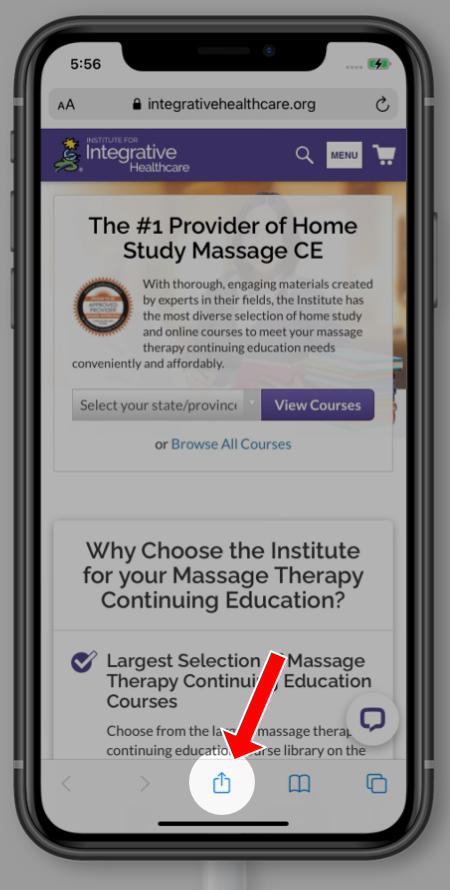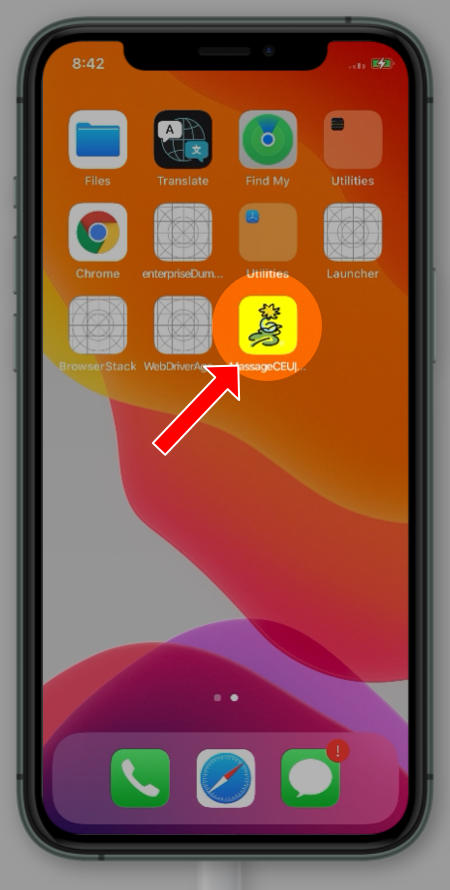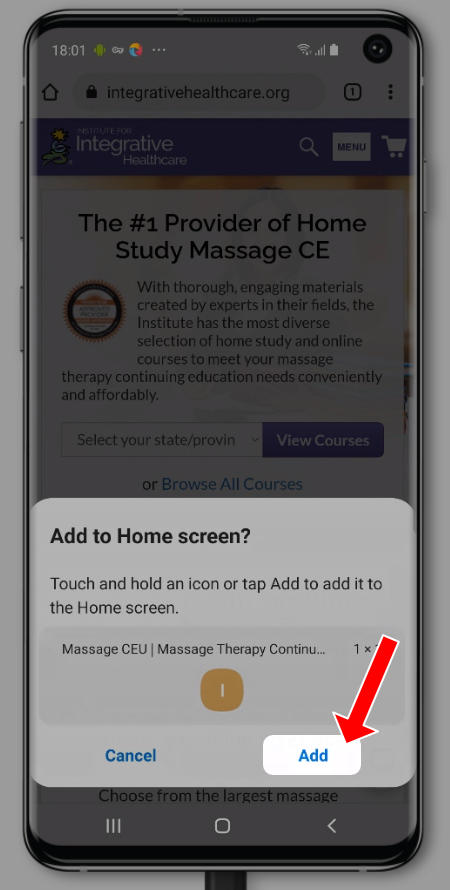

Introduction to the Autonomic Nervous System
The autonomic nervous system regulates our innate stress response. There are two main divisions of this system:
- Sympathetic nerves are designed to initiate body responses to protect ourselves from perceived stressors and dangers.
- Parasympathetic nerves, by contrast, are designed to restore homeostasis to our body, regulating body functions to a state of balance and harmony.
Anatomy of the Vagus Nerve
Pathway and Branches
The vagus nerve (cranial nerve X) runs along the anterior portion of the vertebral column.4 The term “vagus” stems from “vagabond,” referring to the wandering nature of this nerve’s pathway through the body.
The vagus nerve is divided into four primary branches:
- The jugular fossa branch innervates the meningeal membranes and auditory region.
- The pharyngeal branch innervates the throat region affecting the neck and throat anatomy.
- The thoracic branch governs the bronchial tree and heart’s activity.
- The abdominal branch innervates the major digestive organs to control their functionality.1
The sympathetic nerves affect how our bodies respond to stressors. A stressor is anything that disrupts homeostasis—people, places, things, circumstances, or even imagined events. Stress is subjective; each individual perceives life’s encounters differently. It is healthy for people to examine their stressors experienced in life.
Neuroanatomy of the Vagus Nerve
There are two primary pathways of neuronal white matter tracts within the vagus nerve:
- Ventral pathway – pertains to social connections (people, places, events). Communication along this pathway relates to safety and support of feelings, thoughts,
emotions pertaining to social connections. - Dorsal pathway – more primitive in nature. Communication along this pathway pertains to perceived threats within our environment or something occurring to you. When we feel frozen, numb, and/or disassociated the dorsal pathway has become engaged.6
Evolution of Functional Branches
There are three major functional branches of the vagus nerve. The dorsal parasympathetic branches are the most primitive and are found in all mammals and invertebrates.6 These are significant in evolution to see and perceive present dangers of natural forces. The sympathetic branches were next to develop in evolution and allowed animals to alter their stress responses. The ventral parasympathetic branches are the newest pathways. These facilitate patterns of social engagement unique to mammals. These days, we can protect ourselves fairly well from nature’s forces so our biggest fears stem from other people.
Vasovagal Syncope – Fainting Bout
Many people experience fainting episodes, called vasovagal syncope, during stressful situations. A sudden drop in blood pressure and heart rate occurs, resulting in the vagus nerve coordinating messages with the brain to facilitate the fainting bout. A victim
faints and falls potentially resulting in bone, joint and head injuries.8
Associated Cranial Nerves
Cranial nerves V (5), VII (7), IX (9), and XI (11) are affected by the neurological
communication between organs and the brain via the vagus nerve (10). These nerves
regulate head and neck organ, muscle, and skin activity.
- Trigeminal nerve (V) – controls sensory information from the face and muscles of mastication.
- Facial nerve (VII) – controls muscles of facial expression and taste sensations.
- Glossopharyngeal nerve (IX) – controls salivary glands, tongue muscles, middle ear anatomy, taste sensations, and swallowing.
- Accessory nerve (XI) – controls motor function of trapezius (1st and 2nd bellies) and sternocleidomastoid (SCM) muscles.
Vagus Nerve Testing and Challenges
Commonly, doctors check the gag reflex. Failure of this reflex indicates damage of the
vagus nerve. Potential symptoms of physical damage to the vagus nerve include:
- Difficulty speaking or loss of voice
- Trouble eating or drinking
- Pain in the ears
- Abnormal blood pressure
- Decreased stomach acid
- Abdominal bloating or unexplained pain
- Persistent nausea or vomiting9
Hautant’s Test for Arterial and Vagus Nerve Injury
- Bring hands in front of you at shoulder level, palms up.
- Turn head to one side and look over your shoulder.
If stinging or electric shock occurs, stop immediately—this may indicate vagus nerve damage. - Count backwards from 20.
If one cannot count backwards, the vertebral artery feeling the brain is being pinched.
Stop test immediately at this point.1
Means to Aid Vagus Nerve Health and Communication
Dr. Lee Henton, in The Secrets of Vagus Nerve Stimulation, confirms that the intestinal (alimentary) tract produces the majority of serotonin, dopamine, and GABA neurotransmitters that directly affect the brain. These chemicals influence mood, behavior, cognition, and clarity of thought.2
Eating a proper combination of probiotics and prebiotics can support this gut-brain connection.
Lifestyle Support
There are many other means to aiding vagus nerve health and communication.
- Laughing, singing, and humming can harmonize healing signals at the pharyngeal region.
- Serotonin and fish oil supplements may improve physical health of nerves.
- Acupuncture may calm excessive nerve signaling.
- Muscle relaxation techniques have been proven to coordinate healthy brain
signaling. - Cold showers, calming aromatherapy, and improved sleep can harmonize the mind-body connection.
- Periodic, daily breathwork will ease nervous signaling during times of stress. Pranayama yogic practices will present effective breathwork techniques.
Massage and Bodywork
Cranial Sacral Therapy
This gentle, non-invasive modality harmonizes vagus nerve healing. Soft touch is applied to the skull, vertebral, and sacral bones to guide them into alignment which regulates cerebrospinal fluid flow around the brain and spinal cord. This fluid regulation positively impacts intracranial pressure and neurological signaling through the body’s central nervous system tissues.
Reiki
Reiki is a light-touch energy modality that supports vagus nerve healing by calming the nervous system and encouraging a parasympathetic response. There are many forms and styles of Reiki. Be sure to inquire with Reiki practitioners on their level and nature of training.
Vagus Nerve Massage
While some clients may inquire about specific vagus nerve massage techniques, recent research suggests that such targeted methods may not be strictly necessary to promote vagal activation and deep relaxation. While there are not many studies on vagus nerve massage, one study explored whether massage can help people relax both mentally and physically by measuring heart rate variability (a marker of vagus nerve activity) and asking participants how relaxed they felt.
The study found that both vagus nerve massage and gentle shoulder massage were effective in improving relaxation and increasing vagal tone. This suggests that even general massage approaches — like working the shoulders — can support nervous system regulation. Additionally, incorporating techniques that address the base of the head and neck may further enhance these effects by supporting vagus nerve function and heart rate variability.5
Understanding the anatomy and physiology of the vagus nerve allows a practitioner a means to better understanding of how bodywork efforts can impact this nerve, thereby improving its functional role within therapy sessions. Facilitating a session inducing the body’s parasympathetic mode will yield healing within clients.












Very informative.
this article was amazing! 50 years ago I had a T4 compression fracture and been struggling with why I’ve had different pain throughout certain areas of the Vagus nerve pathway. The information was interesting and I’ve been investigating all vagus nerve pathway issues. Thank you Jimmy!
The Healing & Wellness Ctr. of Hampton, NH was my business.
I am so excited to see research into the vagus nerve , Polyvagal Theory and Massage as a I’ve been studying Dr. Porges’ work for a few years now! I’m a 25 year massage veteran specializing in somatic work and the role of massage and somatic self-regulation. Thank you for those articles.
Can massage bring on vasovegalsyncopy ?
I have a client with cervical dystonia, a chronic condition she’s had for over 8-10 yrs continually, but had brief episodes of it as a younger woman. She is now 55. I would like more info on how I can help her . I’ve been treating her for almost a year with deep tissue and relaxing massage and she has improved to the point that the involuntary ‘pulling’ of her neck to the left has stopped, but she still has limited range of motion to her left.
Very good short and sweet article on Vagus nerve. Very enlightening and informational. I would recommend this article to anyone studying anatomy.
Informative and interesting to learn about the many aspects of the vagus nerve. cool!